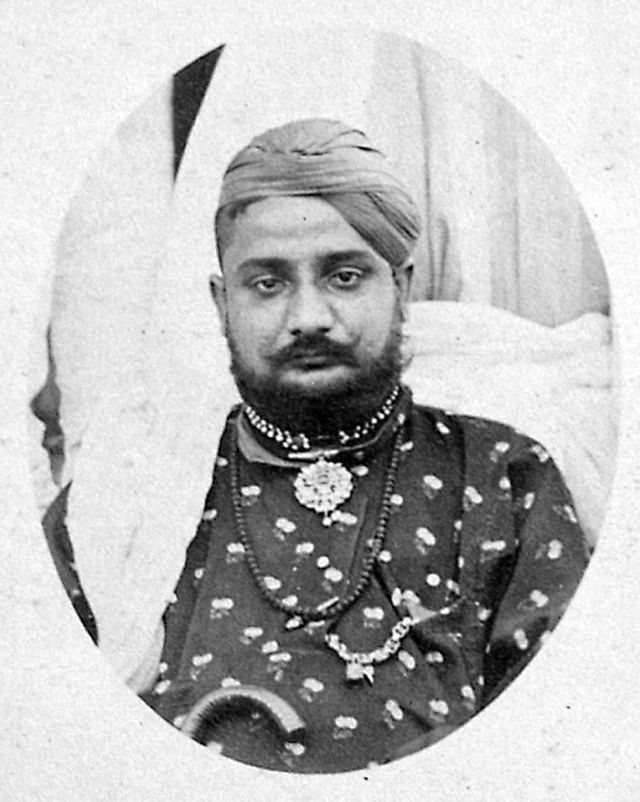Top Qs
Timeline
Chat
Perspective
Chamba State
Princely state in present-day Republic of India From Wikipedia, the free encyclopedia
Remove ads
Chamba State was one of the oldest princely states in present-day Republic of India[citation needed], having been founded during the late 6th century. It was part of the States of the Punjab Hills of the Punjab Province in India from 1859 to 1947. Its last ruler signed the instrument of accession to the Indian Union of 15 April 1948.[citation needed]
This article needs additional citations for verification. (December 2024) |


Remove ads
History
Summarize
Perspective
According to tradition, the ancient name of Chamba was Champa, and its predecessor state was known as Brahmpur. This site later became Bharmour around 550 AD when Raja Maru Verman came from Kalpagram to the Chamba Hills. Around 920 CE, the capital was shifted from Bharmour to present day Chamba Town. The rulers of Chamba State patronized artists of the Pahari painting style.[1] Between 1809 and 1846 Chamba was tributary to Sikh Empire & come under its The Kangra hills province of lahore durbar.[2] In 1821, Chamba annexed Bhadrawah State.[citation needed]
After the First Anglo-Sikh War, the British gained a large amount of land from the Sikh Empire through the Treaty of Lahore. This treaty gave the British all land between the Sutlej and Beas rivers, along with several hilly areas, including Kashmir and Hazara, as part of the payment for war expenses. Later in 1846, by the Treaty of Amritsar, the British sold Kashmir, Hazara, including Chamba to Raja Gulab Singh of Jammu for a payment of 75 lakh rupees. However, questions came up about whether the entire Chamba region, on both sides of the Ravi River, was meant to go to Gulab Singh. At that time, he already controlled Lakhanpur, which the British had actually taken under the Treaty of Lahore.[3]
At the same time, the Raja of Chamba said that the Bhadrawah area rightfully belonged to him, since it had been granted to him earlier by Maharaja Ranjit Singh,But it was now under gulab singh's control. The Raja of Chamba, who had earlier paid tribute to the Sikh empire, also did not want to become a subject of Gulab Singh.[3]
By Treaty of Amritsar Chamba was initially intended to be incorporated into Jammu territory. However, this outcome was averted due to the timely intervention of Wazir Bhaga, who travelled to Lahore and presented Chamba's case to Sir Henry Lawrence. in 1847 With Lawrence's support, Chamba retained its autonomy, though Bhadrawah was ceded to Kashmir.[4]
This settlement clarified the status of Chamba as a princely state under British protection, separate from Kashmir & lahore.
Rajas
Raja Shahil Verman, around 920 AD, shifted his capital from Bharmaur to present-day Chamba Town. It is believed that King Shahil Varman ruled until 940 AD. From then onwards the State of Chamba continued to be ruled by different kings of the Mushana Rajput Dynasty from their capital at Champavati, which later came to be known as Chamba. Following are some of more famous kings of Chamba in Himachal Pradesh:

Remove ads
Demographics
Remove ads
See also
Further reading
- The Princely and Noble Families of the Former Indian Empire: Himachal Pradesh V. 1, by Mark Brentnall. Published by Indus Publishing, 2006. ISBN 81-7387-163-9.
Notes
- 1931-1941: Including Ad-Dharmis
References
External links
Wikiwand - on
Seamless Wikipedia browsing. On steroids.
Remove ads









